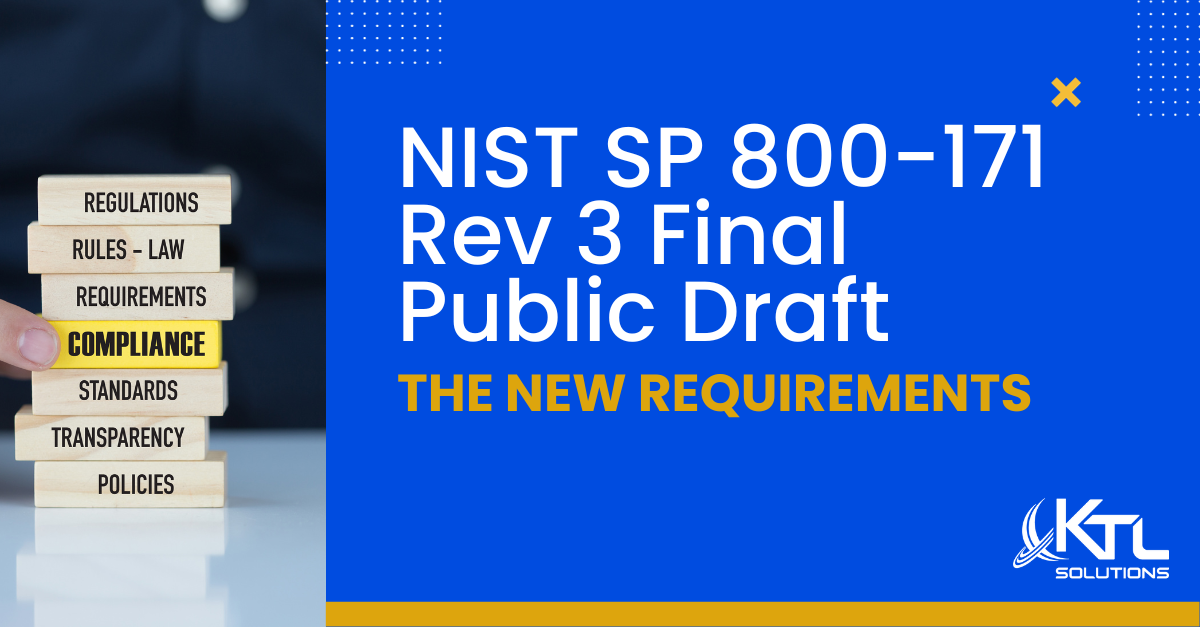The October release of Dynamics 365 contains the first previews of exciting new components. Here we’ll look at one of the new Artificial Intelligence components, AI for Sales, which provides insights to sales managers and representatives for improved prospect choices, engagement, and decision-making.
Feature Breakdown
Microsoft lists eight feature areas of which six are available now and the last two are available for preview.
Who Knows Whom Available October 31st, 2018
Talking Points Available October 31st, 2018
Notes Analysis Available October 31st, 2018
Predictive Lead Scoring Available October 31st, 2018
Predictive Opportunity Scoring Available October 31st, 2018
Relationship Analytics Available October 31st, 2018
Sales Team Performance Public Preview October 31st, 2018
Call Intelligence Public Preview October 31st, 2018
Who Knows Whom
Who knows Whom is a feature that shows relations between a lead and colleagues. Introductions to leads by known associates often significantly improves the response rate over cold calling and thus improving lead-to-opportunity conversion and overall sales performance. When enabled this feature is available on the Sales Insights view and looks as follows:

The view will show the contacts with the strongest connections up to a maximum of five. Clicking on the contact displays the details and connection strength. The toggle in the top right corner allows switching between the diagram view here and detailed list.

Selecting “Get Introduced” will launch a prompt to a simple email message with the option to launch the email form for a fully customized email.

Talking Points
Interactions between salespeople and customers and contacts often involves numerous details about business goals, personal interests, health, and family which can be used to engage in conversions and build positive sales relationships. Remembering all these details is a challenge when dealing with large numbers of customers, especially those you have not spoken with often or recently. Talking Points helps by allowing simple easy entry of key details from prior conversations.
When enabled, the feature appears on the contact view like below:

On the bottom are buttons for the various categories of personal interest, such family, movies, health, sports, etc. These categories are configured by the system administrator. Clicking on a category button filters the displayed talking points to that category. The downward arrow caret expands the list. The heart icon can be toggled to mark talking points of interest you wish to focus on.
Clicking on the list icon on the top right changes the view into a list across all categories.

Notes Analysis
Notes Analysis is a feature that examines Timeline (formerly known as Activity Wall) notes on prior customer interactions and produces suggested actions you can perform such as follow tasks or creating appointments. When saving a new note on the Timeline the entered text is examined and suggestions are displayed. The suggestions are creating activities, tasks, contacts, meeting, content requests, and issue detection.
As an example, let’s say a note was created to contact Debra and schedule a meeting like below:

Analysis of this text will generate suggestions to create a new appointment or phone call.

Clicking on “Edit and Continue” will open a quick create popup to generate the suggestion. For example, if we click the button for creating the suggested appointment, then the Quick Create:
Appointment form will open like below:

Notes Analysis is a good feature to help ensure time line notes are followed up by actual actions.
Predictive Lead Scoring
This feature uses machine learning to generate a model-based predictive score between 1 and 100 on the chances of leads becoming opportunities. These scores help salespeople better identify and prioritize leads that have better chances of becoming opportunities.
These scores can be viewed on “My Open Leads Scored” like below:

Looking closer there are three columns on the right that detail the score:

Lead Score is the likelihood to convert into an opportunity on a scale of 1 to 100 where 100 is highest likelihood of conversion. The next column, Lead Grade, is a color coded grading category of A, B, C, or D with A being the best and D the worst. Grade ranges can be configured by the system administrator based on the requirements of the organization. The least column, Lead Score Trend, indicates how the current score has changed over the prior one.
The Lead Score widget shows the reasons impacting the lead score.

Here one can identify what areas to focus on in improving the score on a lead.
Predictive Opportunity Scoring
Predictive Opportunity Scoring works similarly to Predictive Lead Scoring using machine learning to generate a model-based predictive score between 1 and 100 on the chances of opportunities become a win. These scores help salespeople identify and prioritize opportunities that have better chances of becoming a winning deal. The views are identical to that of the Predictive Lead Scoring covered in the last section.
Relationship Analytics
Relationship Analytics works to analyze the interactions that impact the relationship health between customers and your organization to help manage the opportunities pipeline. Holistic analysis is done on multiple channels of engagement data from Dynamics 364, Exchange Online, and LinkedIn InMail to generate a health score that can be used to prioritize sales efforts on customers who need the most attention. These scores are displayed as a key performance indicator (KPI) named My Open Opportunities by Relationship as shown below.

From here you can select “Show Chart” and Relationship pipeline to get a bubble chart like below.

The bubble color (green, yellow, or red) indicates the health score of the opportunity and the size indicates the estimated revenue. Hovering the mouse over a bubble displays a popup of additional detailed information. Clicking on a bubble displays the opportunity record which appears as follows.

A view of the complete relationship analytics for an individual opportunity is also available as shown below:

This view provides many details such as the next and last interaction, time spent, email engagements, persons most contacted in your organization, and a time line of relationship activities. More details on this feature and how analytics are calculated.
Sales Team Performance and Call Intelligence
Sales Team Performance and Call Intelligence features are a series of views for sales managers which leverage the analysis of the all of the above features to track overall sales performance. These features are currently in public preview and may change.
The first view, Quick Insights appears as follows. It shows interactive charts on overall sales performance with options to drill down into more detailed reports.

Natural language analysis is used to answer performance questions with actual data. The below example shows how a response is given to the question “what is the revenue by sales person?”

The Proactive Assistant view shows recent highlights, upcoming activities, and related news to help keep track of current events.

The Business report provides aggregate-level information on the current sales cycles like below.

The Team report provides detailed performance information on the overall team and individual members.

For Call Intelligence, two new views exist which analyze sales representative call performance. The first displays KPIs on the performance of sales calls overall.

The second Call Intelligence view displays detailed performance information for an individual sales representative.

More Information
A demonstration video from Microsoft Ignite about AI for Sales.
Information on the October 2018 Microsoft business applications release.
Need Help?
Do you need help with training? Or creating customizations for Dynamics 365? A good Dynamics Partner like KTL Solutions has the knowledge and experience to handle the legwork of development and support. KTL Solutions provides customized software solutions, Office 365 support, eCommerce customizations, and integration with Microsoft Dynamics. Contact us today.



































